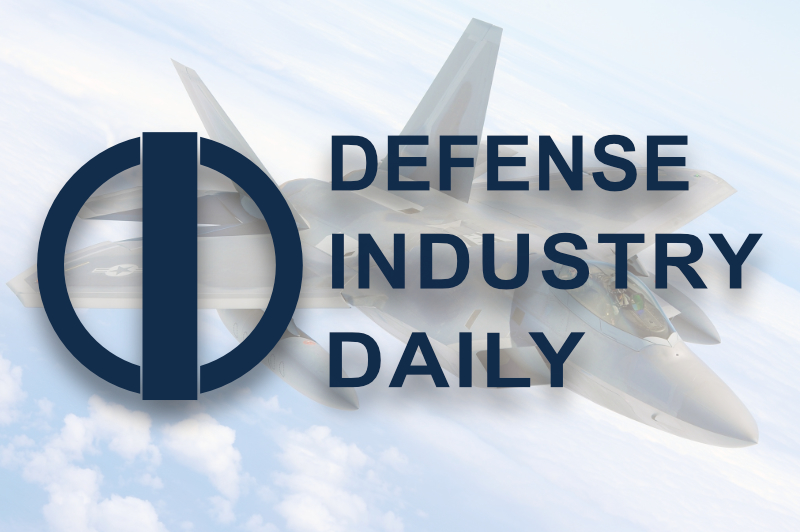This article is included in these additional categories: Helicopters & Rotary | Industry & Trends | Mergers & Acquisitions | Other Corporation | UAVs | USA
Textron Buys UAV Makers AAI & Aerosonde

For more on this and other stories, please consider purchasing a membership.
If you are already a subscriber, login to your account.
If you are already a subscriber, login to your account.
Shadow w. 56SBCT(click to view full) United Industrial Corporation designs, produces, and supports aerospace and defense systems through its wholly owned subsidiary, AAI Corporation of Hunt Valley, MD, and AAI Corporation’s direct and indirect wholly owned subsidiaries (AAI Services Corporation, Aerosonde Pty Ltd, Aerosonde North America Incorporated, ESL Defence Limited, McTurbine Inc., and Symtx, Inc.). […]

One Source: Hundreds of programs; Thousands of links, photos, and analyses
DII brings a complete collection of articles with original reporting and research, and expert analyses of events to your desktop – no need for multiple modules, or complex subscriptions. All supporting documents, links, & appendices accompany each article.
Benefits
- Save time
- Eliminate your blind spots
- Get the big picture, quickly
- Keep up with the important facts
- Stay on top of your projects or your competitors
Features
- Coverage of procurement and doctrine issues
- Timeline of past and future program events
- Comprehensive links to other useful resources
Monthly
$59.95/Per Month
- Charged Monthly
- 1 User
Quarterly
$50/Per Month
- $150 Charged Each Quarter
- 1 User
Yearly
$45/Per Month
- $540 charged each year
- 1 User
2 years
$35/Per Month
- $840 Charged every other year
- 1 User
